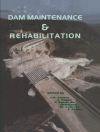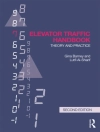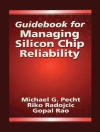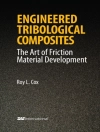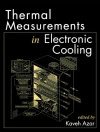This book is focused on the importance of detecting people’s motivation, how they make decisions and the way the actions they take is rapidly increasing with the progress of Io T and the Connected Society. It explores how emotion-related processes are increasing in importance rapidly.
The contributors move through a variety of related topics, all aimed at revealing how humans and things must increasingly interact. It indicates how strategy becomes increasingly important, particularly creating the best adaptable strategy to respond to the quickly and extensively changing situations.
With engineering quickly moving from product development to experience development, and the role of emotion in engineering becoming increasingly apparent, this book offers a timely and valuable resource for engineers and researchers alike.Jadual kandungan
Mind-Body-Brain Problem.- Artificial Intelligence and Natural Intelligence.- The Human Brain: Secure Attachment Activates the Brainstem Centers of Wellbeing.- Value-Creating Communication.- Phoneme Research.- Can You Write Emotions in Mathematics? Modeling Emotional Dimensions of Novelty.- Computational Handicraft.- Trust Perception in User-Centered Cyber-Physical Systems.- A Neural Model of Aesthetic Preference for Product.- Classification of Aesthetic Curves and Surfaces.- Healthcare-related topic.- A Study of “Waku-Waku” in Work.- The Relation Between the Characteristics of Forest Sound and Psychological Impression.- From the Emotional Perception of Car Style towards the Brand Country Origin Recognition.
Mengenai Pengarang
Professor Shuichi Fukuda served as the President of the International Society for Productivity Enhancement, Vice President of IEEE Reliability Society, Chair of ASME Computers and Information in Engineering Division, Deputy Technical Group Leader of Systems and Design, ASME. He is an Honorary Member of JSME, Fellow of ASME, IEICE (Institute of Electric, Information and Communication Engineers) and ISPE, and Glory Member of REAJ (Reliability Engineering Association of Japan). Although he is a mechanical engineer, he worked in a very wide variety of engineering fields such as shipbuilding, civil engineering, information systems, management of technology, welding engineering, etc. His research extends widely across many disciplines such as CAE, dynamics, reliability engineering, intelligent production, emotional engineering and the management of technology.





